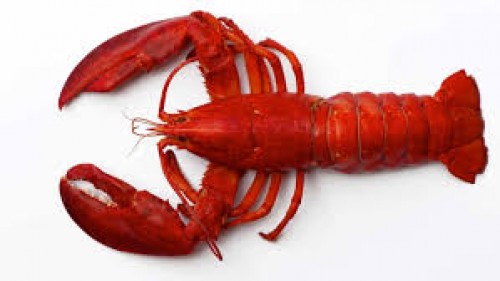Best Source for B2B Industry Trends, News and Updates

Imports include American lobster, spiny lobster, and live rock lobster, sourced mainly from North America and Oceania. Other popular live seafood categories; such as Dungeness crab, king crab, oysters, and geoduck; also saw strong growth, together accounting for more than three-quarters of China’s live seafood trade.
After a four-year hiatus, Australia resumed live rock lobster exports to China on December 20, 2024, following the removal of trade restrictions. This allowed Australian exporters to re-enter the market ahead of the Lunar New Year season. However, industry experts caution that sales may not return to the 2019 peak of $800 million, with new market conditions expected to reduce annual trade value by around $250 million. While Australia regains its foothold, it faces stiffer competition from Canada and the United States, which have strengthened their presence during the ban period.
Despite an overall dip in China’s total seafood imports in 2024; down to 4.4 million metric tons worth $17.7 billion; the high-value live segment remains resilient. Russia, Ecuador, Vietnam, India, Indonesia, Canada, the United States, and now Australia are among the key suppliers. With Chinese consumers showing sustained interest in premium seafood products, particularly lobsters and crabs, analysts expect this market to remain a profitable segment for exporters, even as competition and price sensitivity shape future trade patterns.
